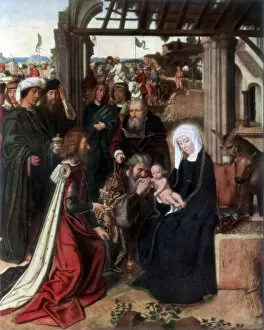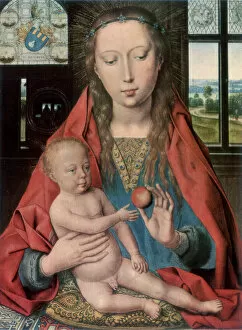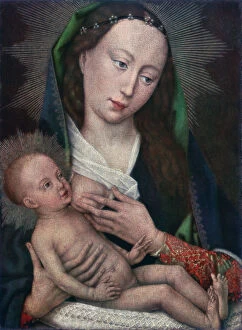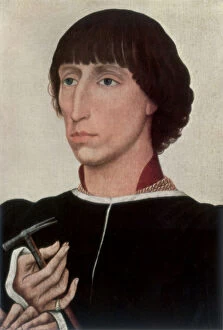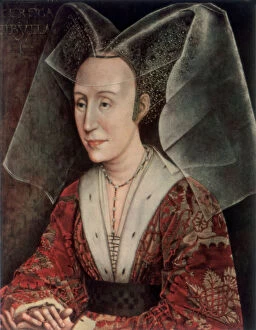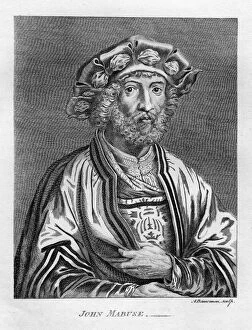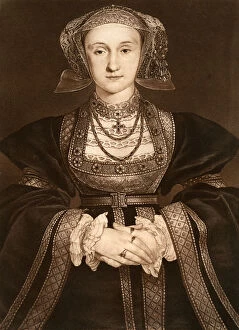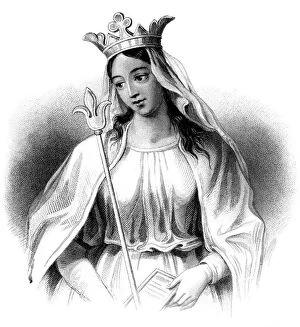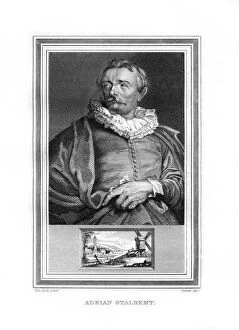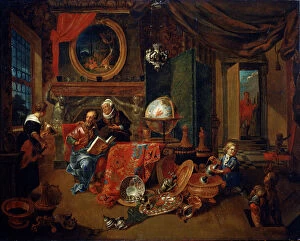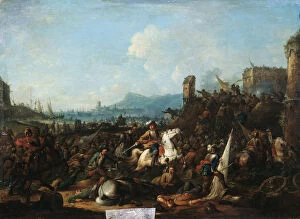Flemish Collection (page 97)
"Flemish Art: A Tapestry of Beauty and History" Step into the enchanting world art, where masterpieces come alive with vibrant colors and intricate details
For sale as Licensed Images
Choose your image, Select your licence and Download the media
"Flemish Art: A Tapestry of Beauty and History" Step into the enchanting world art, where masterpieces come alive with vibrant colors and intricate details. From the frosty Winter Landscape with skaters by Pieter Brueghel II, The Younger to the mesmerizing Passion of the Christ by Hans Memling, each artwork tells a unique story. The renowned Eyck brothers, Jan van Eyck and Hubert van Eyck, left an indelible mark on Flemish art with their meticulous attention to detail. Their works like The Arnolfini Portrait and Jan van Eyck's Winter Scene with Ice Skaters showcase their mastery in capturing light and texture. Van Dyck's portrait of Henrietta of Lorraine transports us to a time when elegance reigned supreme. His skillful brushstrokes bring out her regal beauty in every stroke. Travel back in time as you explore Orteliuss map of Ottoman Empire from 1570. This historical artifact offers a glimpse into the past while showcasing Flemish cartography at its finest. Hieronymus Bosch takes us on a journey through his surreal imagination with Dulle Griet (Mad Meg). This chaotic masterpiece challenges our perception and leaves us pondering its hidden meanings. Rembrandt's Simeon in the Temple captures a moment frozen in time, evoking emotions that resonate even centuries later. His mastery of light brings depth to this poignant scene. Flemish art is not just about individual artworks; it is also about celebrating everyday life. The Peasants Wedding by Pieter Bruegel the Elder showcases his ability to capture lively scenes filled with joyous celebrations and ordinary people going about their lives. Intricate tapestries woven through history have made Flanders synonymous with craftsmanship. Let these remarkable artworks transport you to another era as you immerse yourself in the rich heritage that is Flemish art.




